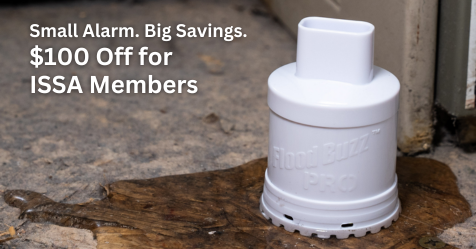Child Care Crisis Exacerbating the Labor Shortage
Underemployment in the day care industry prompting parents to remain home
The cleaning industry depends on its workers, many of whom are women who rely on child care. A new report published by Wells Fargo economists this week found that nearly half a million American families are estimated to be stranded without adequate child care, CNN reports. The lack of child care is leading many parents to stay home, worsening the nation’s labor shortage.
“Access to child care has been shown time and again to boost labor force participation among mothers,” the report authors wrote. “For employers struggling to find workers now and facing a future of dismal labor supply growth, improving childcare options for parents means a larger and more experienced workforce to draw upon.”
Child care service employment levels are 12.4% below pre-pandemic level, compared to a total employment deficit of 1.9%. By Wells Fargo’s estimates, that leaves about 460,000 families scrambling to find reliable, long-term child care.
The report found that if the labor force participation rate for women with children younger than 3 years of age equaled that of women with school-aged children (ages 6 to 17), the labor force would gain 1 million more workers. Women with children younger than 3 have a 28% lower labor participation rate than men with children under 6. (Men with children under 3 are not currently tracked by federal employment data.)
Health risks associated with the ongoing coronavirus pandemic and low pay are persistent barriers affecting child care employment levels. In 2020, the average pay for a day care worker was below US$12.25 per hour, making it one of the lowest paid occupations, according to the U.S. Bureau of Labor Statistics. The average child care industry worker earned about $25,060 in 2020. Many child care workers are minorities and immigrants, whose low pay keeps them in a cycle of poverty.
Federal support can provide needed resources to the child care industry. Direct federal spending on day care and early education totaled about $29.7 billion in 2021, up from $20.6 billion in 2019, according to the report. The amount of federal child care spending in 2019 was less than 4% of spending by the U.S. Department of Defense and 3% of the U.S. Centers for Medicaid and Medicare, the economists noted.


